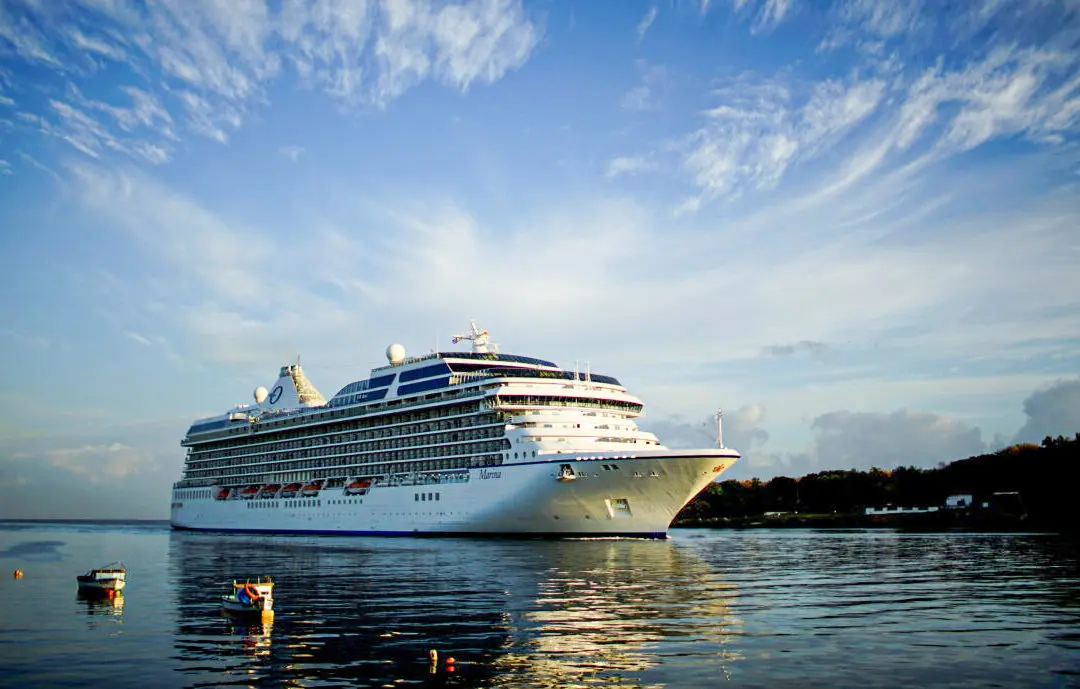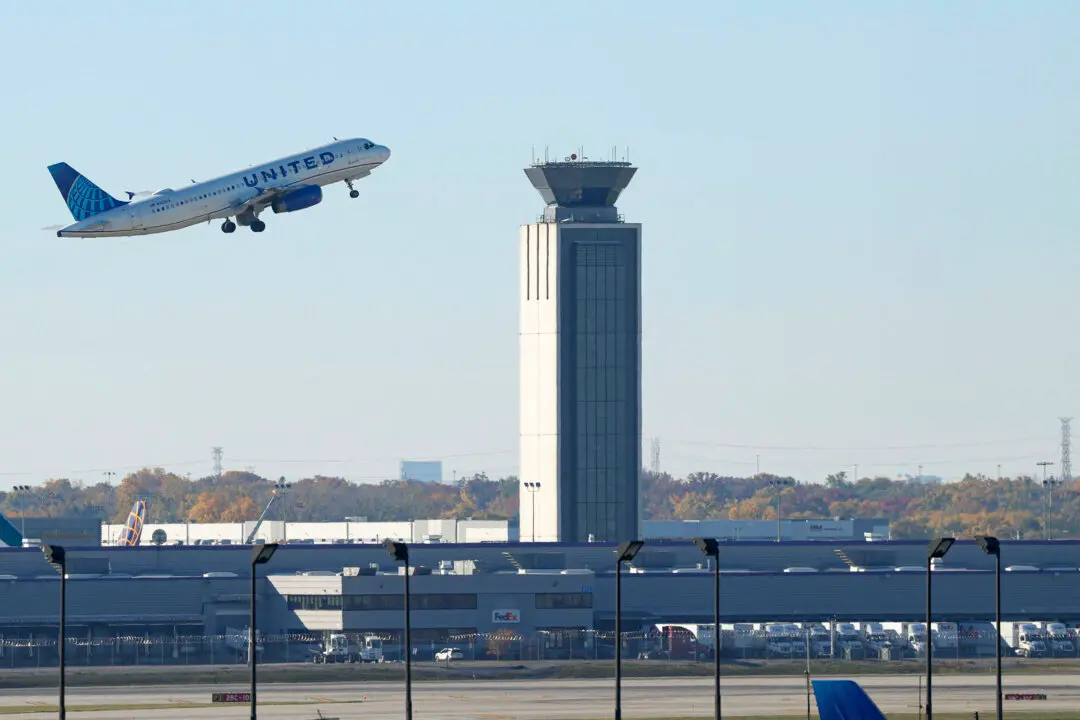A 100-year-old oak tree fell on Florida Gov. Ron DeSantis’ family home—the governor’s mansion—in Tallahassee after Hurricane Idalia made landfall in the area on Wednesday morning.
The development was confirmed by Mr. DeSantis’ wife, Casey DeSantis, in a social media post on Wednesday. Mrs. DeSantis said that she and their three children were home at the time of the incident.





